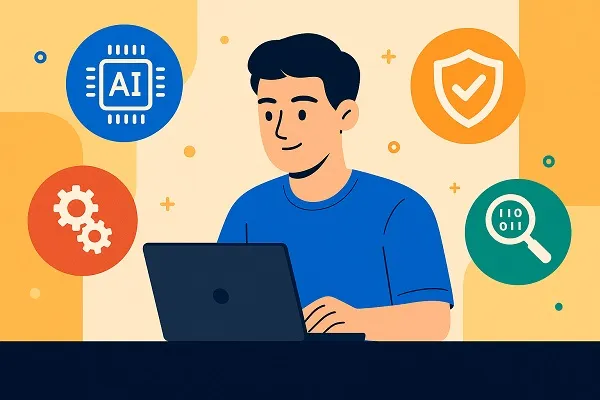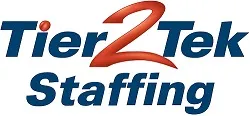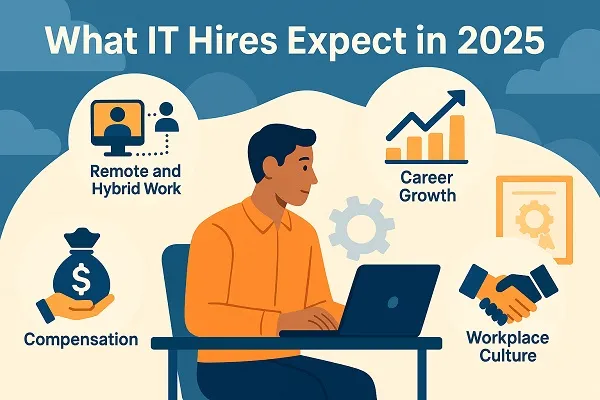The expectations of IT hires in 2025 are shaping how companies recruit, retain, and engage technology professionals. With rapid advancements in artificial intelligence, cloud solutions, cybersecurity, and workplace flexibility, IT job seekers are setting new standards for what they want from employers. Businesses that fail to adapt to these expectations risk losing top talent to more forward-thinking competitors.
Shifts in IT Recruitment Trends
The IT job market in 2025 is highly competitive. Employers no longer just assess technical skills—they must also demonstrate how their workplace aligns with the values and career goals of potential hires.
Key trends include:
- Skill-based hiring over degrees: Certifications, portfolios, and practical experience often outweigh formal education.
- AI-driven recruitment tools: Automated systems help identify the right candidates faster, but personalization remains critical.
- Focus on diversity and inclusion: Candidates expect meaningful action, not just statements, when it comes to equity in hiring.
Top Skills IT Professionals Bring in 2025

IT hires expect their expertise to be recognized and valued, and employers look for specialized knowledge that aligns with modern challenges.
In-Demand Technical Skills
- Cybersecurity and threat intelligence
- AI and machine learning development
- Cloud engineering and DevOps
- Data analytics and visualization
- Automation and low-code/no-code platforms
Essential Soft Skills
Beyond technical expertise, IT professionals emphasize:
- Adaptability to evolving technologies
- Strong problem-solving abilities
- Effective communication with non-technical teams
- Collaboration in hybrid or global work settings
Remote and Hybrid Work Expectations
By 2025, flexibility is no longer a perk—it’s a baseline expectation. IT hires want autonomy in how and where they work, with results-driven performance measures replacing rigid schedules.
- Remote-first policies: Candidates often prioritize companies that allow permanent remote options.
- Seamless collaboration tools: Employers must invest in platforms that support real-time communication and project tracking.
- Global hiring models: Geographic boundaries are dissolving, enabling IT hires to access opportunities worldwide.
Compensation Beyond Salary
Salary remains a key factor, but IT hires in 2025 evaluate the full package. They want competitive pay structures paired with benefits that reflect modern work-life balance.
What IT Professionals Look For
- Health and wellness support, including mental health programs
- Professional development budgets for certifications and conferences
- Equity, profit-sharing, or performance bonuses
- Flexible PTO and parental leave policies
- Home office or technology stipends
Career Growth and Learning Opportunities

Tech evolves quickly, and IT hires expect employers to help them keep up. Stagnation is a deal-breaker.
Companies can attract top IT talent by offering:
- Clear career progression with pathways to leadership or specialized roles
- Continuous learning programs supported by mentorship and training
- Access to cutting-edge technologies to keep skills relevant
- Cross-functional opportunities for exposure to business strategy, product development, and innovation
Workplace Culture and Values
Culture has become just as important as compensation. IT hires want to work for companies where their contributions are respected, and where values align with their own.
Elements That Matter Most
- Inclusive and diverse environments
- Transparency in leadership decisions
- Open communication and feedback loops
- A focus on innovation rather than bureaucracy
- Social responsibility and sustainability initiatives
Technology Stack as a Hiring Factor
In 2025, IT candidates evaluate the company’s tech stack before accepting a job. Outdated tools can signal stagnation and limit professional growth.
Employers can stand out by:
- Investing in cloud-native platforms
- Providing access to advanced AI and automation tools
- Using agile project management systems
- Supporting open-source contributions and collaboration
The Role of Employer Branding

IT hires research companies thoroughly before applying. Employer branding directly influences their decisions.
Effective branding strategies include:
- Showcasing employee testimonials and real experiences
- Highlighting diversity, career growth, and innovation in marketing materials
- Maintaining an authentic presence on platforms like LinkedIn and GitHub
- Offering visibility into company projects, contributions, and community impact
Why Meeting IT Hires’ Expectations Matters
Organizations that align with IT hires’ expectations in 2025 gain a competitive advantage. Not only do they attract skilled professionals, but they also retain them longer, reducing turnover costs and ensuring business continuity.
Adapting to these trends requires more than surface-level adjustments—it means rethinking recruitment, benefits, work models, and culture to match the evolving standards of IT professionals.
By embracing flexibility, supporting continuous growth, and fostering authentic connections, companies can create an environment where IT hires thrive and contribute to long-term innovation.
Content reviewed and published by Tier2Tek Staffing Editorial Team .

